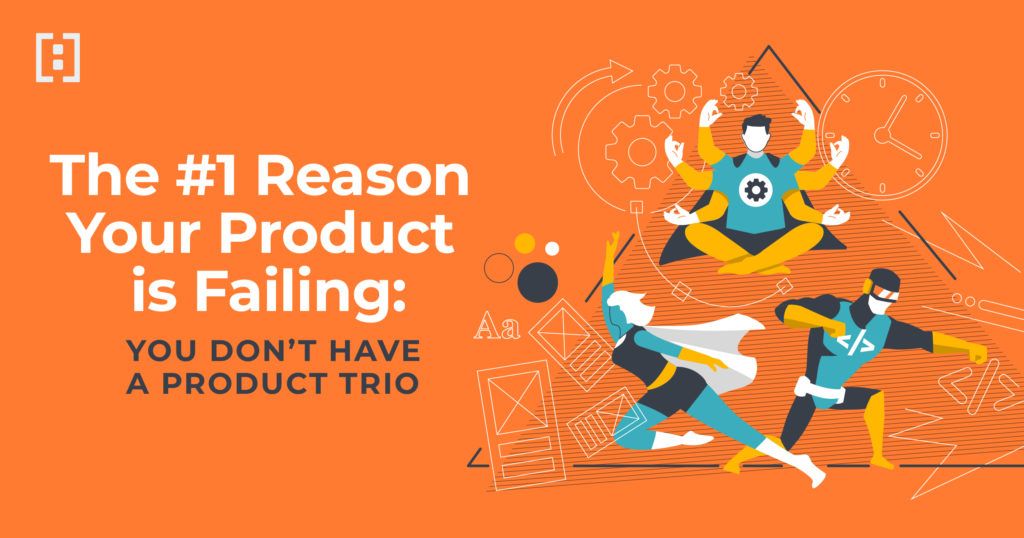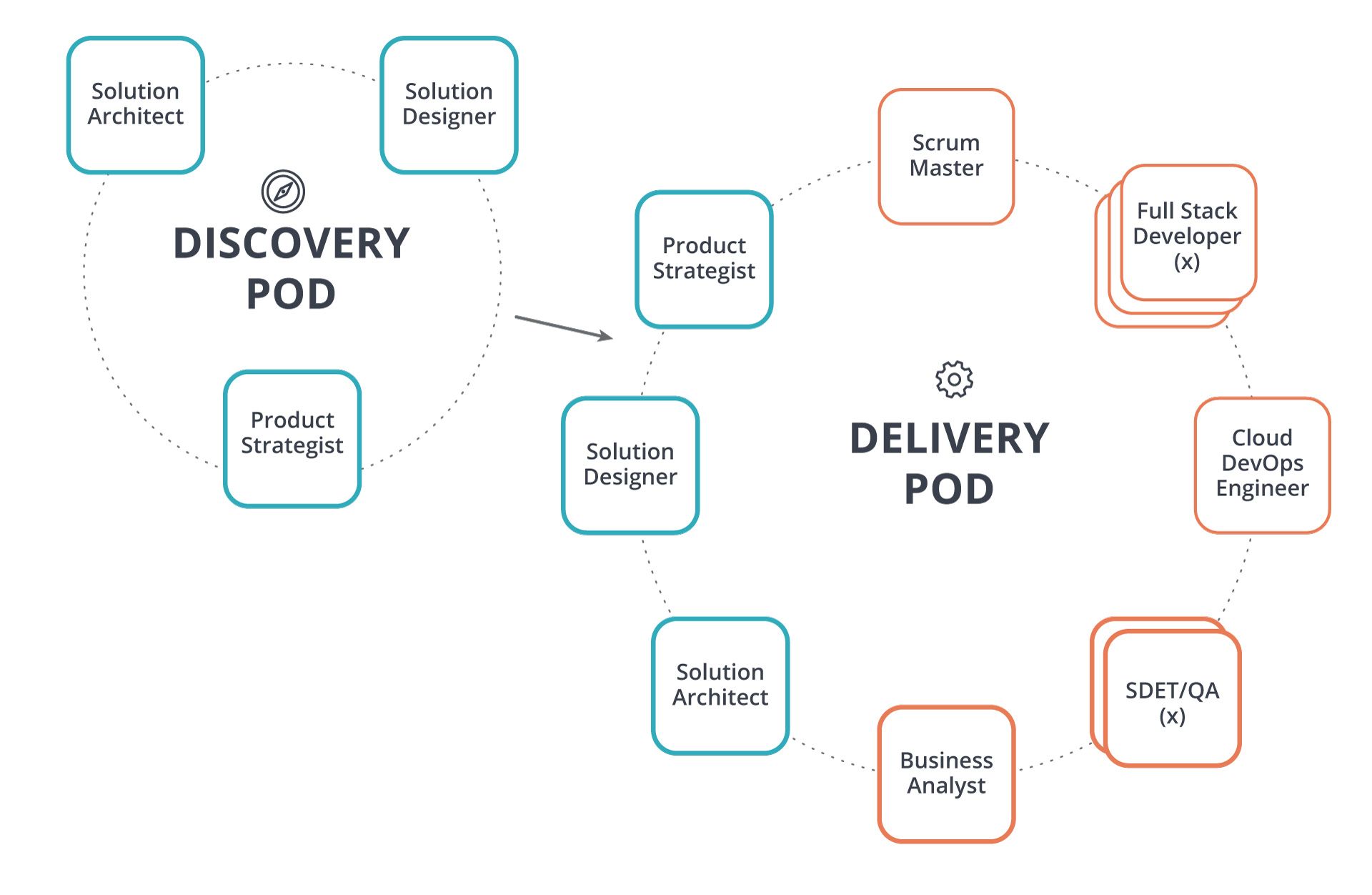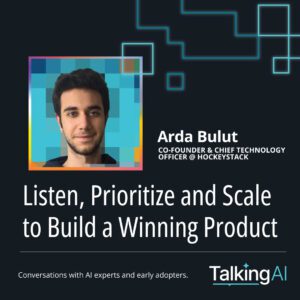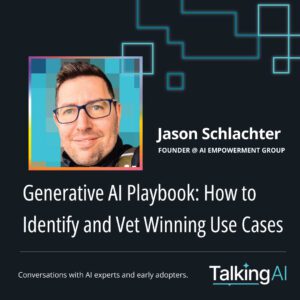How many legs does a stool need to stand?
Three?
Good answer!
So why are you treating your software development like a supply chain instead of a collaborative, multidisciplinary activity working together to support your product development.

While it sounds good in theory to develop requirements, then design the solution, then develop the solution – it is one of the worst ways to build software.
The approach of throwing requirements and design over the wall to the next group is like playing a bad game of telephone. It is not fun, it is costing you a ton of time and money, and results in a mediocre product that leaves your customers AND your business saying, “Meh…”
You’re in a perpetual state where…
- Things get lost in translation
- There is no feedback loop established
- There is zero collaboration
Instead, the goal should be to create a multidisciplinary team of experts – each skilled in their respective area, and each bringing a unique perspective to the table. This creates the type of dialogue and collaboration that even Gandhi would be proud of.
When you bring these experts together from product, design, and engineering, you create a real-time feedback loop that reduces rework, sparks discussion, and builds amazing solutions.

Intro the Product Trio
Sound like a group of superheroes?
It should.
These are the folks that are going to dictate whether your solution sinks or swims.
The goal of this product trio, popularized by Marty Cagan (Silicon Valley Product Group) and evangelized by Teresa Torres (Product Talk), is to build a solution that is valuable, usable, feasible, and viable.
What does that mean?
Valuable: Will customers buy it, or will users choose to use it?
Usable: Can users figure out how to use it?
Feasible: Can our engineers build what we need with the time, skills, and technology we have?
Viable: Will the solution work with the various aspects of our business?
Practicing continuous discovery and continuous delivery is the most important element of a product trio, and it enables the team to build a solution that meets these four requirements. It allows the product trio to move perpetually between the problem and solution space.
By getting this team of experts in the room at the same time throughout the entire process, you begin to have next-level discussions.
- Product provides direction on the strategy and priorities.
- Design provides insight into the user experience and usability.
- Engineering provides direction on what is doable relative to the tech team’s constraints.
Risks are brought to the forefront, assumptions are tested, and different ways to achieve the desired outcome are ideated in real time.
HatchWorks’ Proven Approach to Iterative Software Development
At HatchWorks we subscribe to the Product Trio approach.
We have proven through the successful solutions we have delivered for our customers that this approach isn’t just window dressing. It works.
We practice continuous discovery and continuous delivery to ensure what we are building adapts to the needs of your end-user and your business, giving you the flexibility needed to build great software.

We ensure the product trio is represented, whether that is with a full HatchWorks team or supplemented by your team. We tailor the team to your specific needs and ensure the product trio principles are practiced throughout the life of your solution.

When you bring these experts together from product, design, and engineering, you create a real-time feedback loop that reduces rework, sparks discussion, and builds amazing solutions.
Don’t be left trying to balance on a stool with only 1 or 2 legs. Get your Product Trio in sync today
We’re ready to support your project!
Instantly access the power of AI with our AI Engineering Teams.




